Introduction
Have you ever noticed a weird spot or bump on the white part of your eye and freaked out a little? You’re not alone. Our eyes can develop conditions that look scary but are actually manageable if caught early. That’s why Healing Tree Eye and Laser Hospital is offering a FREE eye checkup—yes, you read that right, free! Before you brush it off, let’s dive into why this matters, and more importantly, what you should know about two common eye conditions: Pinguecula and Pterygium.
What Are Pinguecula and Pterygium?
Pinguecula Explained
A Pinguecula is a yellowish, raised spot that appears on the white part of the eye (the sclera), usually on the side closest to the nose. It’s a buildup of protein, fat, or calcium and is generally harmless, though it can be annoying.
Pterygium Explained
Pterygium, on the other hand, is a pinkish, wedge-shaped growth that starts on the white of the eye and can extend onto the cornea. This can potentially affect your vision, especially if it grows large enough.
Key Differences Between Pinguecula and Pterygium
Appearance
- Pinguecula: Yellowish raised bump
- Pterygium: Pinkish triangular-shaped growth
Corneal Involvement
- Pinguecula: Does not involve the cornea
- Pterygium: Does involve the cornea
Impact on Vision
- Pinguecula: Vision is not affected
- Pterygium: Can affect vision if it grows over the central cornea
Risk Factors
- Both conditions are linked to UV exposure and outdoor occupations
Management and Treatment
- Pinguecula: Usually treated with ocular lubricants and UV-protection sunglasses
- Pterygium: May require the same treatment, but sometimes surgery is needed for vision or cosmetic reasons
Visual Guide Recap: What the Infographic Tells Us
Healing Tree’s infographic offers a clean side-by-side comparison to help you self-assess any symptoms you may have. If your eye condition matches the image or description, it’s a sign to take that free checkup seriously.
What Causes These Eye Conditions?
Role of UV Exposure
Prolonged exposure to sunlight—especially without proper eye protection—is one of the top causes of both conditions.
Environmental Triggers
Dust, wind, and dry climates also contribute by irritating the eyes over time.
Occupational Risks
People working in construction, agriculture, or any outdoor job face higher risks due to daily environmental exposure.
Symptoms to Watch Out For
Common Signs of Pinguecula
- Dry, itchy eyes
- Irritation or redness
- Feeling like something’s stuck in your eye
Common Signs of Pterygium
- A visible pink growth on the white part of your eye
- Redness and inflammation
- Blurred vision if it progresses
When Should You See an Eye Specialist?
Early Symptoms
If you notice any kind of raised or discolored spot on your eye, don’t ignore it.
When Vision is Affected
Any changes in vision call for immediate attention.
Cosmetic Concerns
Even if it’s not painful, growths can impact your confidence. That’s a valid reason to get checked too.
Diagnosis and Examination
What to Expect During a Checkup
Eye specialists will examine your eyes under a slit lamp to assess the nature and severity of the growth.
Tools Used for Diagnosis
- Visual acuity tests
- Slit-lamp examination
- Corneal mapping (if needed)
Treatment Options
Non-Surgical Treatments
- Lubricating eye drops
- Anti-inflammatory medications
- Protective eyewear
Surgical Treatments
Surgery might be needed for Pterygium that threatens vision or causes discomfort.
Recovery and Follow-Up
Post-surgery recovery is usually smooth, with follow-up appointments to monitor healing.
Prevention Tips
Protective Eyewear
Wearing wraparound sunglasses can drastically reduce UV exposure.
UV-Blocking Sunglasses
Ensure your shades have 100% UV protection—this isn’t just fashion, it’s eye health.
Lifestyle Changes
Avoid dusty, windy environments whenever possible, and hydrate your eyes regularly.
Why Healing Tree Eye and Laser Hospital?
Location and Accessibility
Conveniently located at 2nd Floor, Mayfair Centre, Ralph Bunche Road, Upperhill.
Professional Expertise
Staffed by certified ophthalmologists and equipped with the latest diagnostic tools.
Community Outreach Programs
Healing Tree is committed to raising awareness and making eye care accessible for everyone.
Benefits of Free Eye Checkups
Early Detection
Catch problems before they get serious.
Cost Savings
Who doesn’t love free healthcare?
Peace of Mind
Even if it’s nothing serious, it’s reassuring to know for sure.
Community Impact of Awareness Campaigns
Promoting Eye Health Education
Knowledge is power, especially when it comes to your health.
Encouraging Preventive Care
Regular checkups lead to better long-term outcomes.
How to Take Advantage of This Free Checkup
Visit Location
Drop by Healing Tree Eye & Laser Hospital, Upperhill, Nairobi.
What to Bring
Carry your ID, any previous prescriptions, and come with clean eyes—no makeup.
Booking Appointments
Walk-ins are welcome, but it’s always better to call ahead to book your slot.
Conclusion
Our eyes do so much for us—don’t take them for granted. Whether you’re worried about a tiny bump or just curious, take advantage of Healing Tree Eye and Laser Hospital’s free checkup campaign. It’s a golden chance to stay ahead of potential issues like Pinguecula or Pterygium. Your future self (and your eyes) will thank you.
FAQs
1. What is the difference between Pinguecula and Pterygium?
Pinguecula is a yellowish spot that doesn’t affect the cornea, while Pterygium is a pinkish growth that can extend onto the cornea and affect vision.
2. Can these conditions be cured?
Yes, they can be managed with eye drops or surgically removed if necessary.
3. Do I need surgery for Pterygium?
Not always. Surgery is only needed if it affects vision or becomes cosmetically concerning.
4. Are Pinguecula and Pterygium dangerous?
Not typically, but they can cause discomfort and vision issues if ignored.
5. How often should I get my eyes checked?
At least once a year, or immediately if you notice any unusual symptoms.





